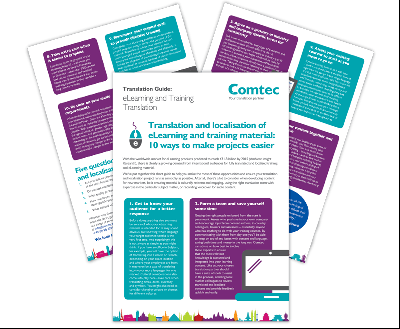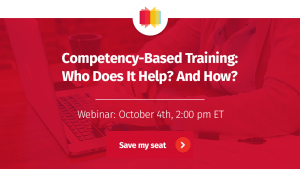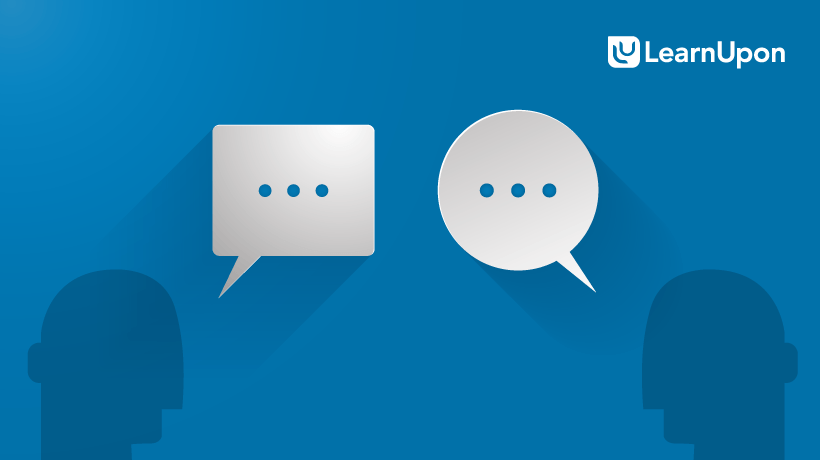Search for...
#training Bookmarks
Published Bookmarks
Oticon, Inc.: “iSpring Learn LMS is simple to use, just like Netflix”
Check out a case study about how a global hearing aid manufacturer uses iSpring as a key tool in its staff development strategy.
Aragon Research Positions Training Orchestra as an "Innovator" in their 2018 Globe™ for Corporate Learning
New York, NY, July 24, 2018 – Training Orchestra, the leading provider of Training Resource Management Systems (TRMS), today announced it has been positioned as an “Innovator” in the Aragon Research Globe™ For Corporate Learning 2018 by Aragon Research, Inc., one of the world’s leading independent technology research and advisory firms.
Infographic: 5-Minute Guide to a Training Resource Management System (TRMS) - Training Orchestra
What's a Training Resource Management System (TRMS)? Why do you need it to augment your LMS? Review this quick TRMS guide and find out. Plus, learn which training tools you should look to optimize your ILT learning programs.
3 Tips for Implementing Your Learning Tech Stack | Training Orchestra
Have a solid learning tech foundation in place? Great! Now, find out how to get the most out of it. Get 3 Tips for Implementing Your Learning Tech Stack by guest author, Andrew Downes with Watershed LRS.
 Top Tips - Guide on e-Learning and Training Translation
Top Tips - Guide on e-Learning and Training Translation
There are many opportunities to engage with global audiences by providing eLearning and training materials in multiple languages.
We have compiled a short guide sharing the essential steps needed to ensure a smooth eLearning translation and localisation process.
Get started today by downloading this 10 step guide.
We have compiled a short guide sharing the essential steps needed to ensure a smooth eLearning translation and localisation process.
Get started today by downloading this 10 step guide.
The key to successful e-learning materials? Engagement
What's driving organisational learning today? From talking to clients and connections made at @LT18uk, Susan Lankfer thinks it's 'engagement'. What do you think? Read her blog on the Learning Technologies event, and what engagement means to e-learning providers, suppliers, and learners.
 What managers really think about learning technology
What managers really think about learning technology
There’s an interesting interview coming up on November 30th on Learning Now TV, a live-streaming internet L&D TV channel. When it has aired it will be available 3 days later at learningnow.tv.
The program will feature Owen Ferguson, MD of GoodPractice, discussing his company’s research into learning tech at work and the extent to which managers have a negative view of it.
The program will feature Owen Ferguson, MD of GoodPractice, discussing his company’s research into learning tech at work and the extent to which managers have a negative view of it.
 Webinar: Competency-Based Training - Who Does It Help? And How? - eLearning Industry
Webinar: Competency-Based Training - Who Does It Help? And How? - eLearning Industry
As college enrollments decline, have skills become more valuable to employers than credentials? Join us on Wednesday 4 October to find out.
 Getting to Grips with MOOCs
Getting to Grips with MOOCs
Donald H Taylor’s recently updated blog on MOOCs inspired me to write about what we’re doing with MOOCs in the Diplomatic Academy.
 Do You Speak To Your CEO About Training? - eLearning Industry
Do You Speak To Your CEO About Training? - eLearning Industry
Does your CEO have an input into your Learning and Development strategy? Why don't you approach your CEO about training and involve them in the conversation?
Submit Bookmark






